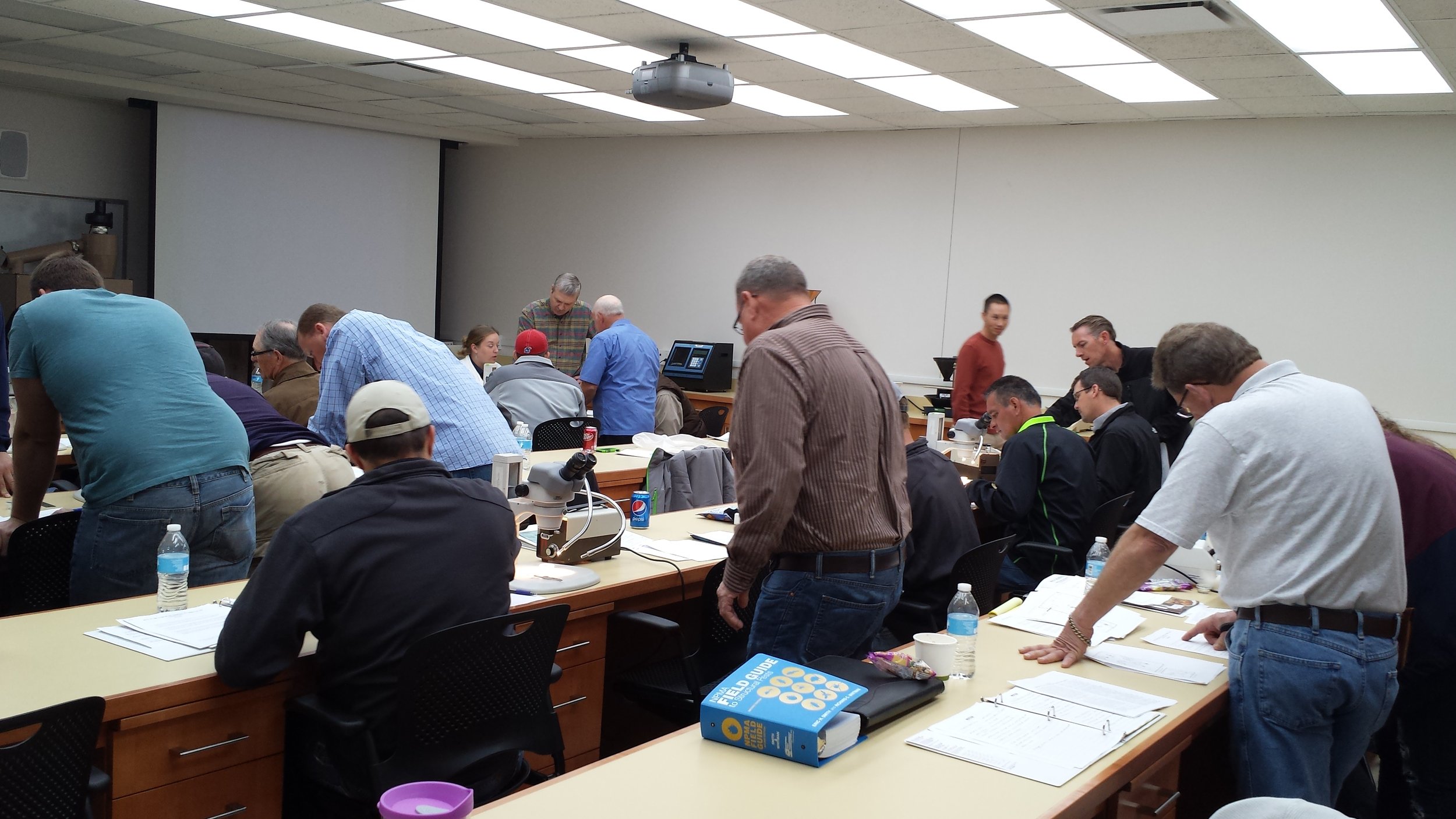The 5-Second Trick For Pestwise
The 5-Second Trick For Pestwise
Blog Article
Pestwise for Beginners
Table of ContentsPestwise for DummiesAll About PestwiseIndicators on Pestwise You Need To KnowFacts About Pestwise RevealedThe smart Trick of Pestwise That Nobody is Talking AboutThe Greatest Guide To PestwisePestwise for Dummies

Q. Specify "integrated parasite administration" (IPM) and list numerous possible control methods that may be used in an IPM approach. A. Integrated insect management is the incorporating of proper insect control methods into a single strategy to minimize bugs and their damage to an acceptable degree. Insect control strategies might include: host resistance, organic control, cultural control, mechanical control, sanitation, and chemical (pesticide) control.
The smart Trick of Pestwise That Nobody is Talking About
What can you do to maintain the bugs you are trying to regulate from coming to be resistant to the pesticides you make use of? A. Insect resistance can be reduced by utilizing integrated pest administration and turning the types of chemicals made use of.
Pests are an essential risk to the farming business, and incorporated parasite monitoring helps growers address and reduce these risks. Integrated insect administration uses numerous methods in complex, thus being a more effective service to the issue. Pest Control. In specific, getting rid of hostile chemical approaches enables lessening injury to individuals and the environment by utilizing natural and more secure options instead
Things about Pestwise
The goal of incorporated insect administration is to decrease this injury and control appropriate problem degrees as opposed to get rid of all undesirable populations. This is why it is very important to understand what procedures are warranted in each case and use hostile ones only when various other integrated management strategies don't function. Integrated management minimizes the unfavorable consequences of a non-IPM strategy, and the primary advantages of IPM Advantages of IPM.
A correct understanding of the problem range establishes if the issue must be attended to. are the next components of an IPM program because it is very important to recognize if the microorganisms make potential risks and choose the incorporated monitoring options or the particular chemical usage. intend to decrease invasions by using different agronomic strategies.
Not known Factual Statements About Pestwise
if prevention was inadequate. Integrated administration choices in an IPM program beginning with safer to more aggressive ones. For instance, target or program chemical spraying may follow hand-operated removal or capturing that hasn't aided. The above-mentioned incorporated administration aspects aid go to this site understand just how to intend and implement an IPM program detailed: Monitor your plants consistently.

Amongst others, IPM cultural approaches consist of the adhering to field administration methods: soil therapy; selection of appropriate plants; plant rotation; interplanting or strip cropping; option of growing dates; weed control; use of trap plants. Beneficial dirt conditions speed up plant development, and strenuous crops are much more immune to problems. Healthy plants and seeds predetermine successful plant growth, so it is essential to select pest-free growing product with solid roots.
, which is likewise made use of in the integrated insect administration system. On the other hand, problems enhance when plants of the same crop type or family members grow with each other.
, as well as tomatoes. Growing trap plants in spots is an additional option for IPM intercropping. This incorporated parasite administration technique recommends bring in pests to certain plants and after that regulating them with chemical or mechanical strategies.
Pestwise Things To Know Before You Get This
Barriers are normal examples of physical IPM techniques. Mature bugs or their eggs and larvae are collected by hand and damaged.

Department of Plant Sciences. University of Missouri. Soil solarization is a reliable integrated administration strategy to disinfect the area by warming it in a natural method. This incorporated management method suggests an usual way of ruining parasites by predators, parasitoids, pathogens, and various other organic control agents (aka hostile organisms). The duty of biological control in IPM is to.
Pestwise Fundamentals Explained
With time, their population became a genuine problem to farmers along with indigenous kangaroos or dingoes. The cane toad is an additional instance highlighting integrated organic control failure hereof when it refused to hunt the target varieties and ended up being an insect itself. Parasitoids develop on or within their hosts to eventually kill them after maturing.
Report this page